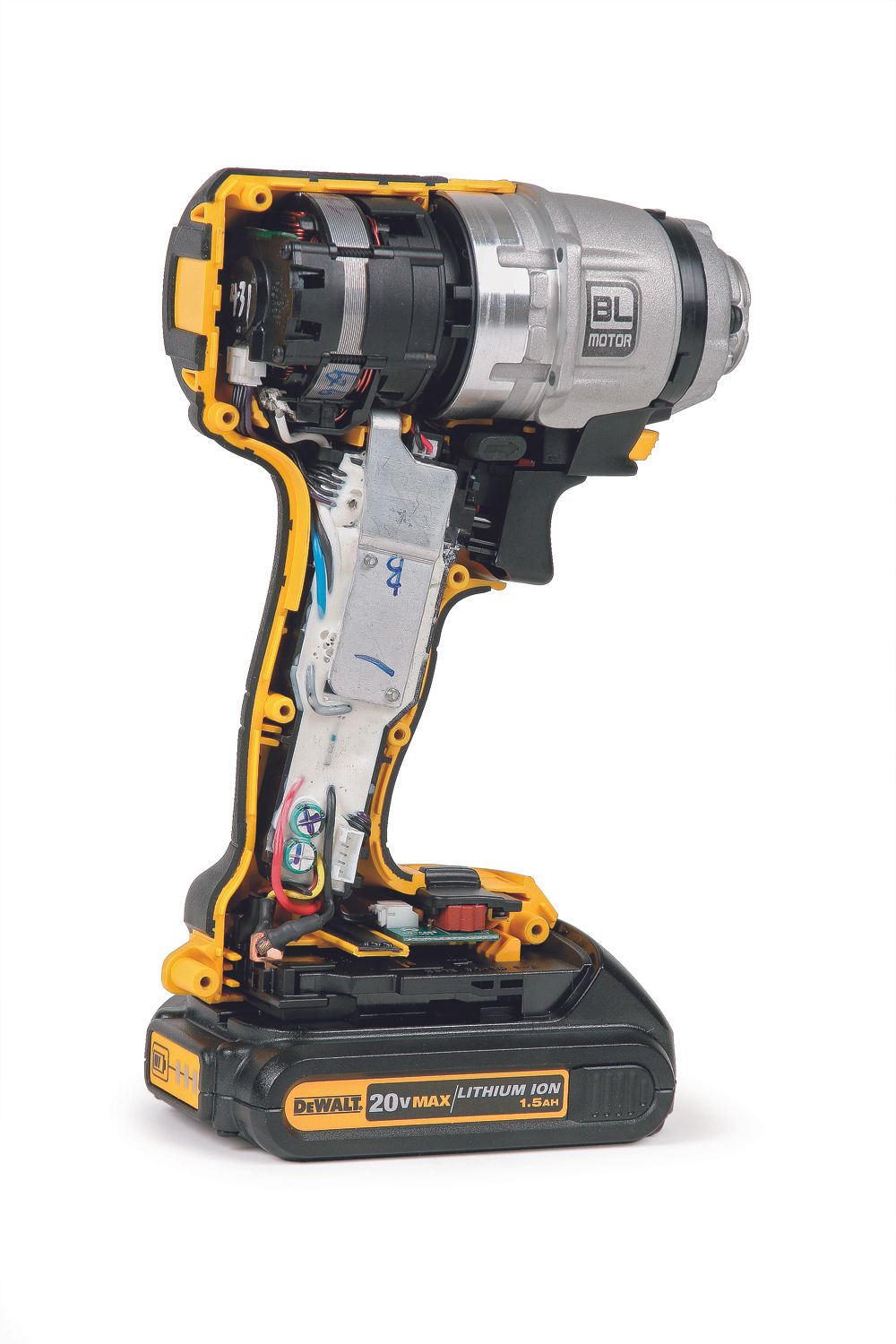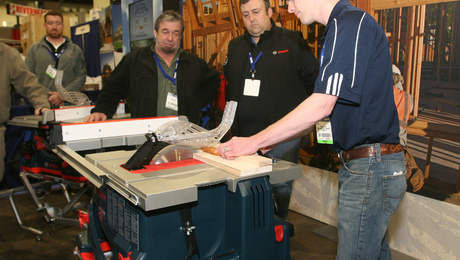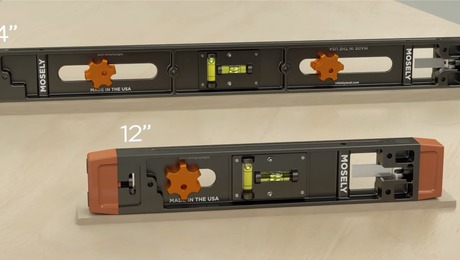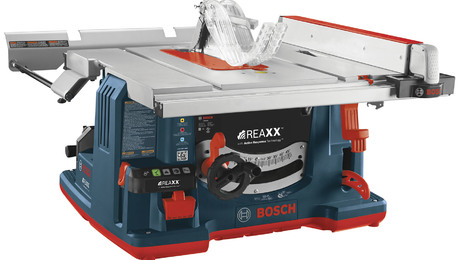
Although cordless drills and impact drivers have been a mainstay of carpentry work and remodleing for more than 20 years, brushless versions are only starting to gain traction in the marketplace. Brushless drills and impact drivers cost $100 more than a comparable tool with a brushed motor, so are these tools worth thier additional cost? Before answering that question, let’s talk a little about how brushless motors are different from conventional brushed motors.
A conventional brushed motor has four main parts: carbon brushes, a ring of magnets, an armature, and a commutator. During operation, DC current travels from the battery, through the brushes, and into the commutator, which passes the charge on to the armature’s copper windings. The windings are magnetized by the current, causing them to push against the stationary magnets that surround the windings, which makes the motor turn. When you release the trigger, the current stops, and the drill stops turning.
A brushless motor eliminates the brushes and commutator and places the magnets on the motor shaft, instead of surrounding it. Instead of rotating, the copper windings are fixed and surround the magnets on the motor shaft. The current from the battery is delivered through a circuit board to the windings. The circuit board only deliveres the power necessary to do the job which saves battery power. Brushless motors are also more powerful, because the windings can be larger, and there’s no drag on the motor from the brushes.
One other advantage of brushless motors is they’re shorter than a brushed motor, resulting in a tool with a smaller housing that can better fit in tight spaces. That all sounds good, right? But as I mentioned earlier, brushless motors cost more than traditional motors. I’m told by tool-industry insiders that brushless motor are especially valuable on impact drivers and cordless hammer drills, because the brushes have to be held especially tight to the commutator on these tools, in particular, because of the tools’ impacting action. As a result, the drag on the motor sacrifices battery life more than it would with tools that don’t experience so much vibration.
So if you want maximum run-time and power, and you’re willing to shell out an extra $50 to $100, you’ll want a cordless drill with a brushless motor. Bosch, DeWalt, Hitachi, Makita, Metabo, Milwaukee, Panasonic, and Festool all offer cordless drills and impact drivers with brushless motors.
Click on the links below to learn more.
Fine Homebuilding Recommended Products
Fine Homebuilding receives a commission for items purchased through links on this site, including Amazon Associates and other affiliate advertising programs.

8067 All-Weather Flashing Tape

Handy Heat Gun

Reliable Crimp Connectors





























View Comments
That's all fine ... but I wonder if advertisers are on the wrong track, shouting out every new tweak of their line?
For reference, I draw you attention to Claude Hopkins' book "My Life In Advertising." This Depression-era work details the career of an extremely successful marketing man.
Claude tells of the vacuum makers, who constantly came out with lovely art and lurid prose, touting their latest refinements. Claude took a very different approach - and cleaned up.
Simply put, he identified what mattered to the housewives who would use the vacuum- rather than the engineers at the plant.
Now ... about drills and other cordless tools ....
I've seen, since about 1990, an "arms race" where each version claims to be bigger, stronger, more powerful. I fully expected someone to place a car battery in a backpack, with a short cord to the tool. Sound silly? Anyone recall the 36V "cordless" tools?"
So ... what matters to me? What could the marketers say that would get my attention?
Well ... how about things that relate to improved portability?
First off, this means weight. I have to CARRY my tools around. They add up. Sometimes this is made worse by 'innovations,' such as when they require the use of different batteries and chargers.
I submit that if the makers really cared about the user, they would have standardized the batteries long ago. There is simply no justification for different makers to require unique batteries for similar tools.
Next? Size. I'm up and down ladders all day. Or, I'm on a lift. How do I get it all up there? Where do I set it when I'm there?
This question was answered when I tried one of those little 12V drills. Holy smokes- a tool that I can stick in my pocket and carry up the ladder with me!
When that little drill proved to have plenty of power and run time for its' uses, I became a real fan. The "big" drill has been collecting dust ever since.
Maybe this is why my plumber friend loves his half-size reciprocating saw. I know this is why I love my baby bandsaw. Easy transport, one-hand control.
I guess that "more" is not always "better."
Amazing!! Love it.